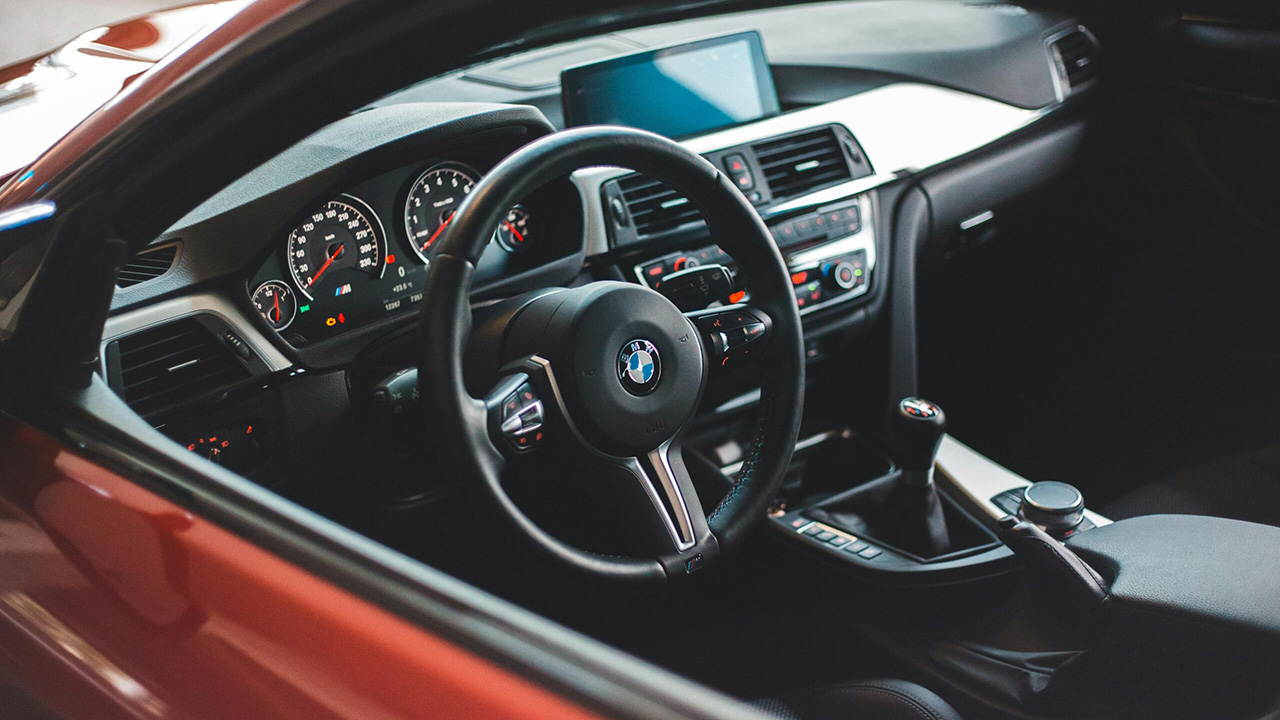In recent years, illegal street racing has surged, prompting lawmakers to take decisive action. Many jurisdictions are now stiffening penalties to curb this hazardous activity and improve public safety. The evolving legal landscape reflects a growing urgency to address the risks posed by street racing.
The Rise of Street Racing
Street racing is not a new phenomenon; it has been part of car culture for decades. From the drag races of the 1950s to the underground circuit races of the 1980s, the allure of high-speed competition has captivated many. This evolution has been fueled by cultural elements such as movies and music that glorify the fast and furious lifestyle. The advent of affordable, high-performance cars has widened accessibility, allowing more people to participate.
In recent years, social media platforms like Instagram and YouTube have played a significant role in the resurgence of street racing. These platforms serve as a stage for racers to showcase their skills and vehicles, creating a community that thrives on likes and shares. Online forums and apps further facilitate the organization of races, making it easier for participants to connect and plan events without attracting unwanted attention from law enforcement. This digital underworld has made street racing more visible and, paradoxically, more challenging to control.
Current Penalties and Their Limitations
At present, penalties for street racing vary widely across jurisdictions, but they generally include fines, points on driving records, and in some cases, short-term imprisonment. For instance, in California, offenders may face fines up to $1,000 and a potential six-month jail sentence. However, these penalties often fall short of deterring habitual offenders, as the thrill and community prestige associated with street racing outweigh the risks.
The inadequacies of current laws are evident in numerous case studies where repeat offenders continue to engage in illegal racing despite previous penalties. For example, in Houston, Texas, a notorious street racer with multiple convictions was found racing again just weeks after serving time. The challenge lies in the enforcement of these laws, as police often lack the resources and manpower to effectively patrol and intercept street races, which are typically organized on short notice and can disperse quickly.
Legislative Changes and New Measures
In response to the limitations of existing penalties, several jurisdictions have introduced stricter laws aimed at curbing street racing. In Georgia, recent legislation mandates harsher penalties, including increased fines, longer imprisonment terms, and mandatory community service. Furthermore, some areas have adopted vehicle forfeiture laws, which allow law enforcement to seize vehicles involved in illegal racing, delivering a more impactful deterrent.
Technological advancements are also being leveraged to enhance enforcement. For instance, in Los Angeles, police have employed drones and surveillance cameras to monitor known racing hotspots, improving their ability to gather evidence and make arrests. Additionally, new tools like automatic license plate readers (ALPRs) are being used to track vehicles involved in street racing incidents, providing a more efficient means of identifying and prosecuting offenders.

Impact on Communities and Public Safety
The introduction of stricter penalties has yielded positive outcomes in several regions, notably in terms of reducing accidents and fatalities associated with street racing. For example, following the implementation of tougher laws in Arizona, reports of street racing incidents decreased over a two-year period. This decline has been attributed to both the deterrent effect of harsher penalties and the increased visibility of law enforcement efforts.
Community involvement has also played a crucial role in enhancing public safety. Public awareness campaigns and educational programs aim to inform young drivers about the dangers of street racing, promoting safer alternatives like sanctioned racing events. However, challenges remain, as some groups resist these changes, arguing that they infringe on personal freedoms. Additionally, street racers continue to adapt, finding new locations and methods to evade law enforcement.
Future Outlook and Challenges
Looking ahead, the effectiveness of new penalties will depend on continuous evaluation and adaptation. While initial results are promising, long-term success will require ongoing efforts to address emerging trends and technologies that may facilitate street racing. For instance, as electric vehicles become more prevalent, their performance capabilities could attract a new wave of racers, necessitating further legislative adjustments.
Potential areas for further improvement include enhanced collaboration between jurisdictions to standardize penalties and share intelligence on street racing activities. Moreover, ensuring that enforcement methods do not compromise civil liberties will remain a delicate balance. By fostering a dialogue between lawmakers, law enforcement, and the community, a more comprehensive approach to eradicating street racing can be achieved.
More from Fast Lane Only:
- Unboxing the WWII Jeep in a Crate
- The Fastest Farm Truck Ever Built
- 10 Old Trucks That Were Built Like Tanks
- 12 Classic muscle cars still within reach for budget buyers
*Created with AI assistance and editor review.







Leave a Reply